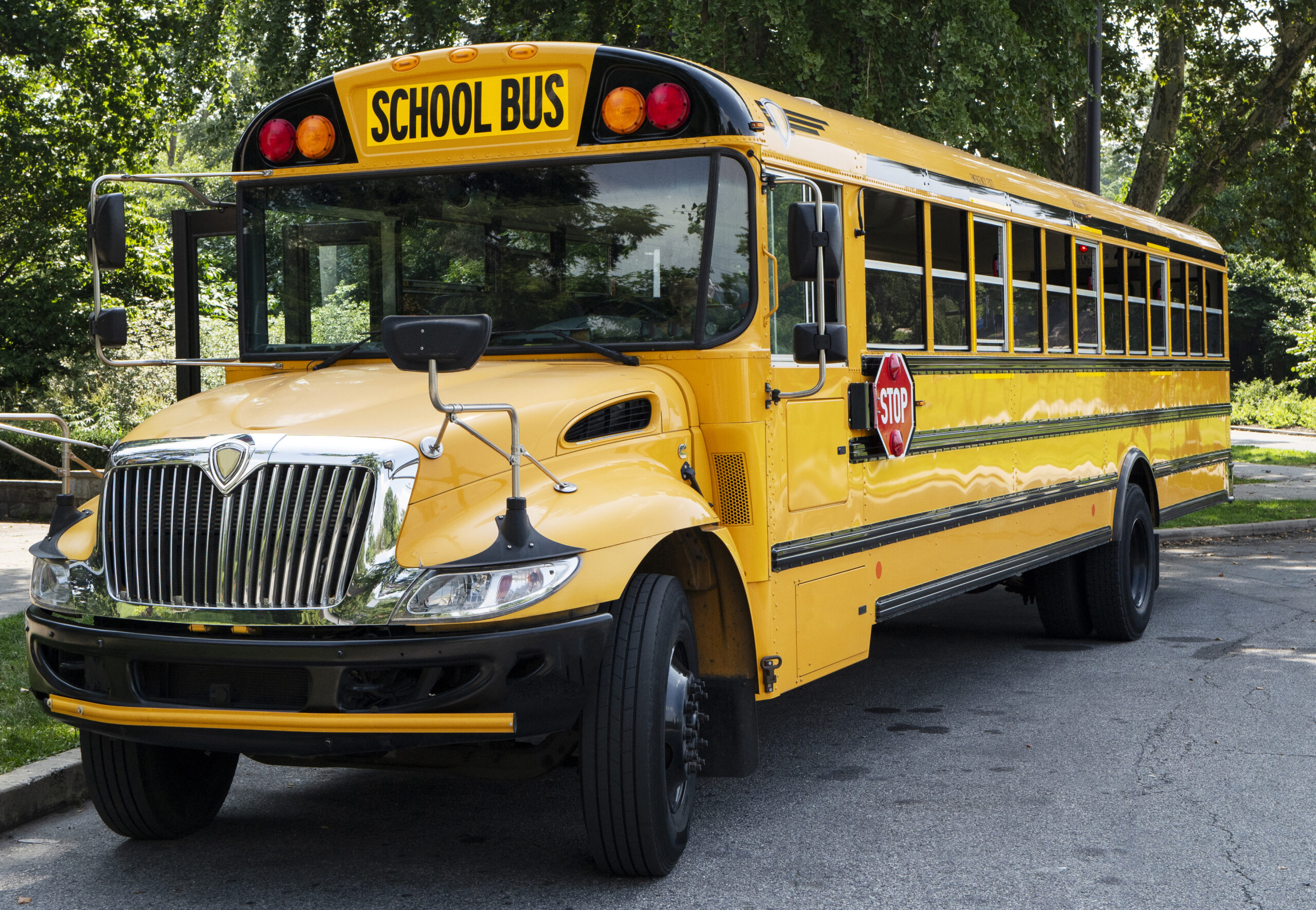Telematics has undergone significant changes since its introduction in the 1980s. Today, telematics is the most widely used fleet technology system, with 83% of commercial fleet operators reporting its usage.[i] More than 18 million risky driving incidents were tracked by telematics in 2023.[ii]
Coupled with dashcams, fleet operators using telematics are able to reduce the number of auto accident claims, as well as fraudulent claims. According to a study by Bader Law, dashcams help uncover fraudulent claims in 20% of cases nationwide, and insurers report a 27% decrease in disputed claims when dashcam footage was available.[iii]
The success of telematics is not limited to commercial carriers. Public sector risks, such as transit operators, school transportation, law enforcement and public works, are also seeing the benefits of telematics.
Public Transit
Transit agencies are reporting reductions in claims when telematics and cameras are utilized. One agency in Washington state reported a 10%-15% loss reduction year-over-year for five years. Vanpool accidents, along with theft and misuse of vans, are reduced and trackable. Fuel efficiency is also improved when telematics is used as part of fleet operations.
School Transportation
Each day, approximately 547,000 school buses transport 20.5 million students. By the end of 2025, it is estimated that 98% of those buses will be equipped with telematics[iv]. Many school bus fleet operators are reporting significant savings in vehicle costs. Other features, such as stop arm cameras and inward-facing cameras, help resolve claims and reduce at-risk behavior in bus drivers. The biggest gains in driver safety are coming with the “white fleets,” vehicles driven by school staff.
Law Enforcement
The implementation of telematics within police fleet management is still in a growth phase. Agencies that utilize the technology are seeing improvements in response times and officer safety. Dispatch centers are able to efficiently locate and dispatch units to an incident scene. Automatic crash notifications can send help immediately if an officer is incapacitated. Vehicle feedback can be used to identify and measure undesirable driving habits. Telematics is also playing a key role in helping agencies comply with hot pursuit policies by a tracking response code with vehicle speed, lights and siren activation. One law enforcement agency reported a 57% reduction in preventable accidents over the course of one year after incorporating telematics into their police cruisers.[v]
Public Works
Commercial utility vehicles (public works vehicles) represent the majority of public sector vehicles on the road and the most auto related losses. Utilities (which encompasses both private and public sector) reported a 14% increase in losses from 2022 to 2023.[vi] A majority of these utility vehicles are now built with telematics technology. Public Works departments are slowly implementing this technology into their overall fleet management programs.
Comprehensive Fleet Management Program
Any organization with a fleet of vehicles should have a fleet management program in place that is comprised of the following best practices:
- A comprehensive written program that is routinely reviewed and updated as conditions, regulations and other factors change
- Detailed policies and procedures for drivers and fleet operations
- Selection and screening criteria for drivers
- Training of drivers — initial and ongoing — that includes road testing and verification of skills
- Records management on drivers, vehicles and fleet operations
- Coaching events from telematics data that guide drivers to improved performance
- Customized training to align with areas of need
- Use telematics data to supplement vehicle maintenance needs and measure performance
- Document pre and post trip checks
- Daily vehicle examinations for overall condition and evidence of damage
By incorporating telematics and dash cam technology into a comprehensive risk management strategy, public entities can more effectively manage their fleets, with the goal of reducing accidents and enhancing safety for drivers and passengers.
[i] Expert Market, Fleet Management Statistics – The Future of Fleets, June 10. 2024
[ii] Lytx 2024 State of the Data Report, May 29, 2024
[iii] Commercial Carrier Journal, Dash cameras and telematics are not mutually exclusive in insurance, Feb 11, 2025
[iv] Fleet Telematics In School Buses Increases Safety, Ontrak Solutions
[v] Fundamentals of Risk Management for Law Enforcement, PRIMA Conference, June 6, 2023
[vi] Lytx 2024 State of the Data Report, May 29, 2024

Dan Foster, CPCU, ARM-P, CSP
Casualty Loss Control Expert, Munich Re
Author Biography
Dan serves as the casualty loss control expert for Munich Re Specialty North America. He is responsible for overseeing casualty loss control services for all Munich Re Specialty programs and insurable interests. He serves as an internal resource for underwriting, program administation, product development and marketing as well as a consultant to insured clients.
Dan has over 24 years of experience in specialty markets, public sector insurance and pooling for entities such as cities, counties, schools and public utlities. In addition to loss control, Dan also has experience in program administration, workers’ compensation self-insured fund management and claims administation.
Dan has a Bachelor of Science degree in business from the University of Southern Indiana and has certifications in CPCU, ARM-P and CSP.



